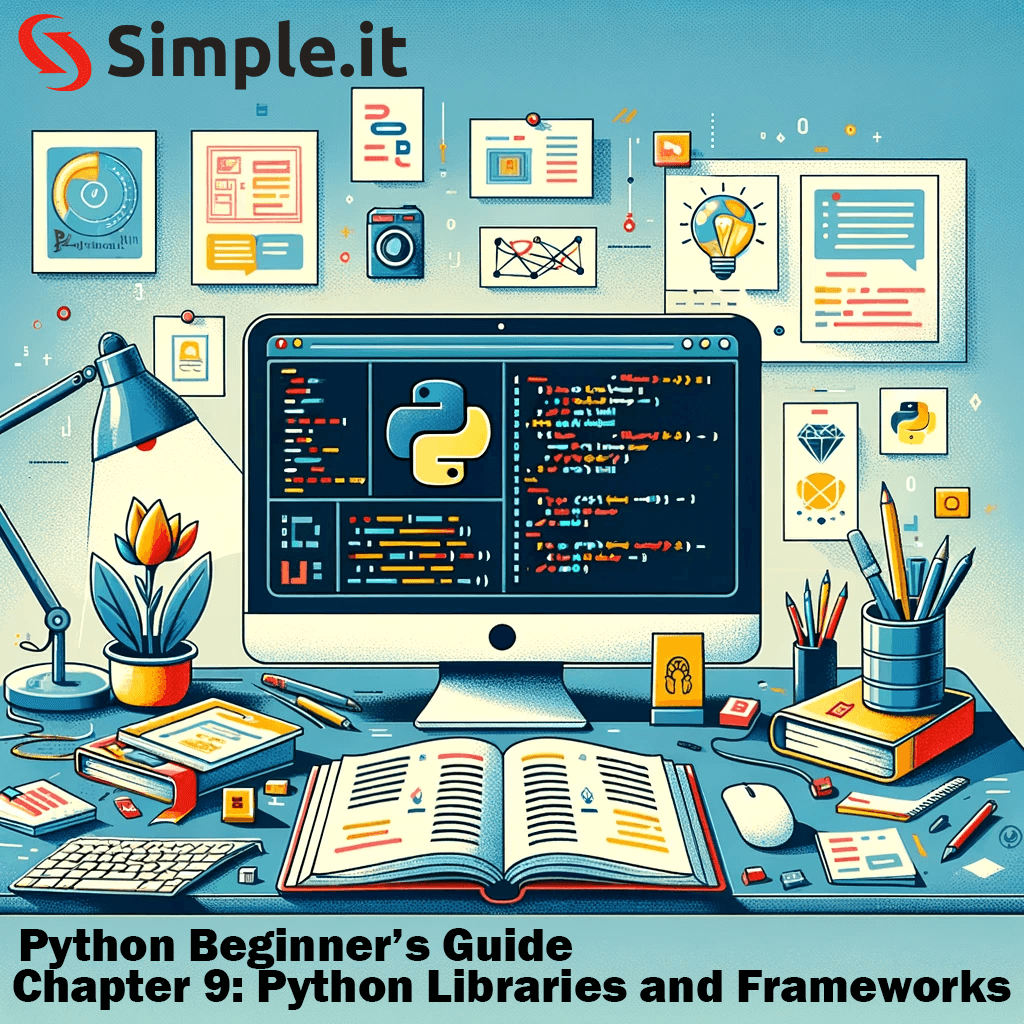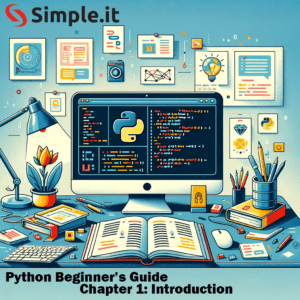The Python programming language is renowned for its vast ecosystem of Python libraries and frameworks, making it a versatile tool for developers across various domains. From web development to data analysis, Python’s libraries and frameworks extend its functionality far beyond the basic features. This article provides an overview of popular Python libraries and frameworks and their applications in different domains.
Python Libraries and Frameworks
Using pip to Manage Python Libraries and Frameworks
Python comes with a package manager called pip, which stands for “Pip Installs Packages.” pip is the standard package manager for Python, allowing you to install and manage additional libraries and dependencies that are not included in the Python standard library.
Installing Packages with pip
To install a Python package, use the pip install command followed by the name of the package. For example, to install the requests library, you would use:
pip install requestsFinding Packages
You can search for packages on the Python Package Index (PyPI) at pypi.org. PyPI is the official third-party software repository for Python.
Requirements Files
For managing multiple dependencies, you can use a requirements file (usually named requirements.txt). This file contains a list of all the packages your project needs. You can install all the dependencies listed in this file using:
pip install -r requirements.txtUpgrading Packages
To upgrade an installed package to the latest version, use the --upgrade flag:
pip install --upgrade requestsUninstalling Packages
To remove a package, use the pip uninstall command:
pip uninstall requestsVirtual Environments in Python
When working with Python projects, it’s a best practice to use virtual environments. A virtual environment is an isolated Python environment where you can install packages and dependencies without affecting other Python projects or your system-wide Python setup.
Creating a Virtual Environment
You can create a virtual environment using the venv module:
python -m venv myenvThis command will create a new virtual environment named myenv.
Activating a Virtual Environment
To activate the virtual environment, you need to run a script from the virtual environment’s bin directory:
- On Windows:
myenv\Scripts\activate- On macOS and Linux:
source myenv/bin/activateDeactivating a Virtual Environment
To deactivate the virtual environment and return to your global Python environment, simply run:
deactivateManaging Dependencies
- Keep Dependencies Updated: Regularly update your dependencies to get the latest features and security updates.
- Version Pinning: In your
requirements.txt, you can pin dependencies to specific versions to ensure consistency across different environments.
Conclusion
Managing Python libraries and frameworks effectively is key to maintaining a clean and robust development environment. Using pip and virtual environments, you can manage dependencies and ensure that your Python projects run smoothly. This approach is especially important in larger projects and teams to ensure consistency and avoid conflicts between different project dependencies.
Popular Python Libraries
1. NumPy
- Domain: Scientific Computing
- Key Features: Support for large, multi-dimensional arrays and matrices, along with a collection of mathematical functions to operate on these arrays.
- Usage: Widely used in data analysis, scientific computing, and machine learning.
- NumPy Official Site
2. Pandas
- Domain: Data Analysis and Manipulation
- Key Features: Offers data structures and operations for manipulating numerical tables and time series.
- Usage: Ideal for data cleaning, transformation, and analysis in Python.
- Pandas Official Site
3. Matplotlib
- Domain: Data Visualization
- Key Features: A plotting library for creating static, interactive, and animated visualizations in Python.
- Usage: Used for plotting graphs and charts in a simple and intuitive manner.
- Matplotlib Official Site
4. Scikit-learn
- Domain: Machine Learning
- Key Features: Simple and efficient tools for predictive data analysis. Built on NumPy, SciPy, and Matplotlib.
- Usage: Extensively used for machine learning and data mining tasks.
- Scikit-learn Official Site
Python Frameworks
1. Django
- Domain: Web Development
- Key Features: A high-level Python web framework that encourages rapid development and clean, pragmatic design.
- Usage: Ideal for developing complex, database-driven websites.
- Django Official Site
2. Flask
- Domain: Web Development
- Key Features: A micro web framework for Python, simple and lightweight, with the ability to scale up to complex applications.
- Usage: Used for building web applications and APIs.
- Flask Official Site
Choosing the Right Library or Framework
- Project Requirements: Assess the specific needs of your project. For instance, use Django or Flask for web development, or NumPy and Pandas for data analysis tasks.
- Community and Support: Consider the community support and documentation available for the library or framework.
- Learning Curve: Some libraries and frameworks may have a steeper learning curve. Choose one that aligns with your current skill level and project complexity.
Resources for Learning
- The official Python website is a great starting point for exploring Python libraries and frameworks.
- Beginners can expand their knowledge through our Python Beginner’s Guide which offers structured learning paths.
- For deeper insights into Python programming, visit the programming section of our blog.
Conclusion
Python’s libraries and frameworks are integral to its strength as a programming language, offering tools and functionalities for a wide array of applications. From web development with Django and Flask to data analysis with NumPy and Pandas, these resources equip developers with the means to build powerful and efficient applications. As you explore the Python ecosystem, these libraries and frameworks will undoubtedly become essential tools in your development arsenal.



